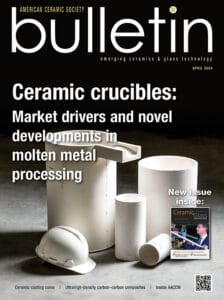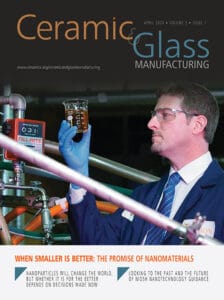 Walter Kob received his PhD in theoretical Physics at the University of Basel in 1989. After a postdoc at the Department of Chemistry at Stanford University in 1994, he became an assistant professor at the Department of Physics at the University of Mainz in Germany. In 2000 he accepted a full professorship at the University of Montpellier, France. There he became the head of the Laboratoire des Verres and subsequently of the Laboratoire des Colloides, Verres, et Nanomateriaux. The topics of Kob’s research are focused on the structural and dynamical properties of disordered systems, such as glasses, polymeric systems, granular materials. For his studies he mainly uses atomistic computer simulations, but in recent years he has also been involved in several experimental studies. These investigations have been documented in more than 200 research papers and one textbook on disordered materials, collecting more than 12000 citations. For this work Walter Kob has been honored by the Otto Schott Research Award, Prix Ivan Peyches of the French Academie des Sciences, Darshana and Arun Varshneya Frontiers of Glass Science Lecture, as well as a Senior Membership of the Institut Universitaire de France.
Walter Kob received his PhD in theoretical Physics at the University of Basel in 1989. After a postdoc at the Department of Chemistry at Stanford University in 1994, he became an assistant professor at the Department of Physics at the University of Mainz in Germany. In 2000 he accepted a full professorship at the University of Montpellier, France. There he became the head of the Laboratoire des Verres and subsequently of the Laboratoire des Colloides, Verres, et Nanomateriaux. The topics of Kob’s research are focused on the structural and dynamical properties of disordered systems, such as glasses, polymeric systems, granular materials. For his studies he mainly uses atomistic computer simulations, but in recent years he has also been involved in several experimental studies. These investigations have been documented in more than 200 research papers and one textbook on disordered materials, collecting more than 12000 citations. For this work Walter Kob has been honored by the Otto Schott Research Award, Prix Ivan Peyches of the French Academie des Sciences, Darshana and Arun Varshneya Frontiers of Glass Science Lecture, as well as a Senior Membership of the Institut Universitaire de France.
Title: Glass: We love it, but it breaks
Abstract: Glasses have many outstanding properties that are exploited in a multitude of applications. Sadly glasses have the flaw that they break, often in a catastrophic manner, thus preventing us to use them in certain applications. The fact that on the microscopic level glasses are disordered is not a good reason for them to be fragile since the bonding between the atoms is strong. This leaves the hope that the strength of glasses can be improved by considering special compositions and a clever manufacturing process for the glass. A further step in the direction of stronger glasses is to obtain a better understanding of the fracture process on the microscopic level. In this talk I will therefore present some recent results of large scale computer simulations of sodium-silicate glasses in which we investigated how the fracture process depends on composition, temperature and other relevant parameters. The insight gained from these simulations should help to improve in the future the mechanical behavior of real glasses.
Subscribe to Ceramic Tech Today

Don’t miss the latest ceramic and glass materials news. Receive the CTT newsletter to your email three times a week by subscribing at this link.
Subscribe to Ceramic & Glass Manufacturing Weekly

Don’t miss the latest ceramic and glass business news. Receive the C&GM Weekly newsletter to your email every Monday by subscribing at this link.


